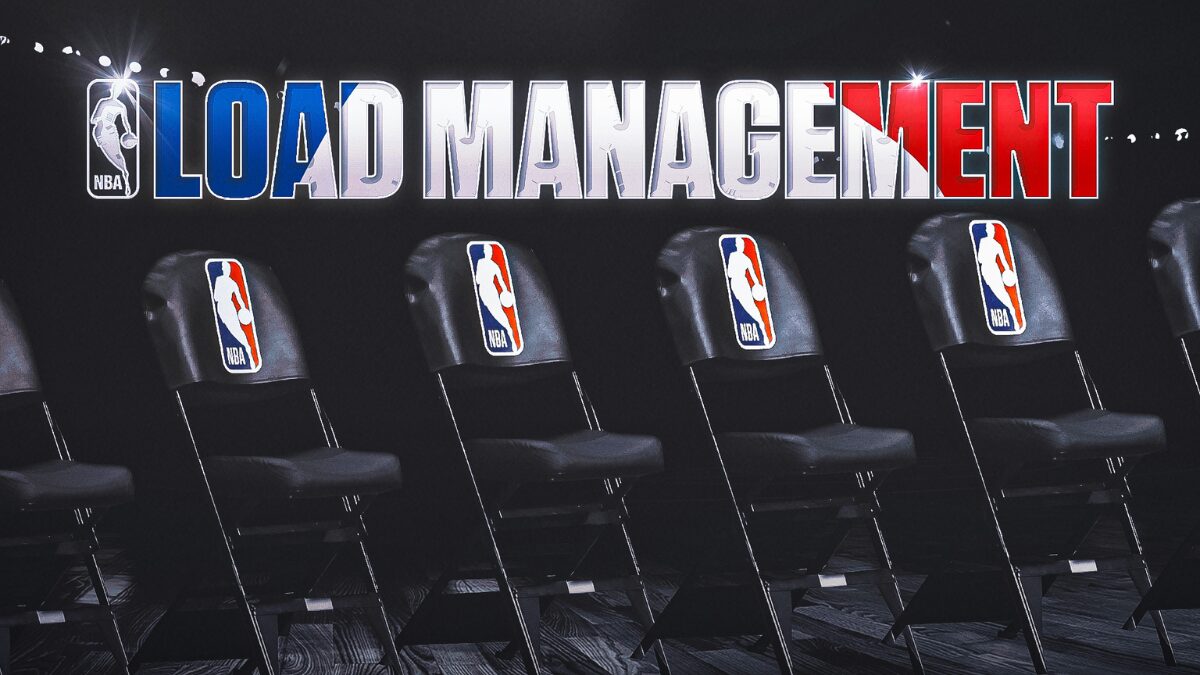Last week, I wrote about the issues surrounding response rates in the Nielsen diary service. This week, word came out that the company is working on a new system to replace the paper and pen/pencil diary system. In the immortal words of Lizzo, “It’s about damn time.”
First, though, it’s always good to study history.
If you’re a regular reader, you know that Arbitron tried an online diary back in 2007. The design worked, but caused an issue with return rates, the percentage of diaries that are returned from households that agreed to participate in the survey. The postmortem determined that some diarykeepers had completed the online diary but failed to use the “submit” button to send the diary back electronically, meaning their diaries were not included. Work on an online diary didn’t resume for a number of years and those results were not promising.
While I do not have any special knowledge of Nielsen’s plans, the trade press comments from Jon Miller suggest that participants will be able to enter listening to streamers, podcasts, and essentially anything audio and do it online. This is a good move considering the growth of these newer audio sources and also gives Nielsen some new sales opportunities, reflecting changes in the business.
Back around 2002, Arbitron proposed changing the definition of “radio” to FCC-licensed AM, FM, and DARS band stations (Canadian and Mexican licensed stations are included as well). The DARS band refers to satellite-delivered radio meaning SiriusXM. You won’t see any estimates for SiriusXM in the diary service (the service is not encoded so does not count in PPM), but the reported listening counts in the diary PUR. Arbitron also announced that streams of broadcast stations would be included.
The change started a firestorm with the Arbitron Radio Advisory Council. Of course, SiriusXM was seen as a major challenge to the industry and the argument against streaming was that all you needed was a pea-shooter in a small market and a big promotional budget in a major market to create a competitive station at a serious discount to the then-high cost of entry. Arbitron stood its ground and proceeded with the changes.
You may not be aware, but there has been a reference to satellite and internet listening in the diary for many years. If you look at the example page, you’ll see entries for “Alpha Satellite” and another one that says “Internet” with a set of call letters. The instructions say, “You may be listening to radio on AM, FM, the Internet, or satellite”. You would be surprised how many diarykeepers do read the directions.
Let’s look at the audio clientele today. Just about every company streams their stations. Just about every company is into podcasting. Having the ability to have a potentially larger Nielsen number against these audio sources could mean greater revenue, although you can expect that Nielsen will charge more for access to the data about more audio sources.
Other than the extensive testing required, what is standing between the end of the paper diary and an online system? The main sticking point will be how the estimates change. Any time you change the survey method, the results change as well. In this case, it comes down to multiple points:
- Did overall radio and audio usage increase or decrease versus the present system?
- Where do we see the most change? Demos, race/ethnicity/dayparts?
- How does sample proportionality look compared to the current system?
- Are any specific formats helped or hindered compared to the current system?
- What are the response rates?
- Can the edit rules be applied the same way as in the present system?
I’m sure this list misses a couple of comparisons, but you get the idea. The ideal result would be no change to the current results or that estimates for radio increase with similar or better response rates and proportionality. That’s unlikely to happen.
Assuming the new system doesn’t look the same, it may come down to a matter of which company’s “ox is being gored”. If one or more of the majors decides not to play, the new system could be dead on arrival unless Nielsen simply chooses to go ahead based on gaining new clients and taking the attitude of “go find another rating service, oh wait, there really aren’t any!”
This confrontation happened once before. Arbitron tried to develop a better system of measuring streaming audio and the effort continued after the Nielsen acquisition. The new system could produce demos based on a combination of “real” data and modeling. In my view (and I was involved directly), it was a better system, but it had one problem. The overall estimates were lower than what the incumbent company was producing.
At least one major group owner said “no” because even with demos, lower numbers were not acceptable. You haven’t heard about that effort, but Nielsen holds a patent on the process (full disclosure: I’m one of the names on the patent).
The trade press will do their best to keep you updated on the progress, but now you have insight into how the process will proceed.
Let’s meet again next week.










